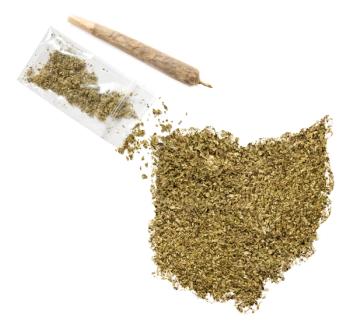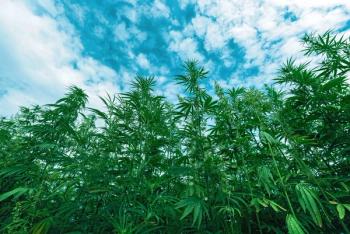
Study Demonstrates Antifungal Activity of Two Cannabinoids
The cannabinoids cannabidiol (CBD) and cannabidivarin (CBDV) showed antifungal activity in both in vivo tests and in vitro wound models.
A recently published study examined the effects of two cannabinoids on different fungal pathogens and sought to explain their mechanism of action. The researchers highlighted results on the pathogen Cryptococcus neoformans, which is listed by the World Health Organization (WHO) as a Critical Priority pathogen. As noted in the abstract, the rise antifungal resistance has been seen globally, yet there is a lack of planned clinical development of new antifungal drugs. The
Both in vitro and in vivo tests were conducted to test the two phytocannabinoids for their potential effectiveness as fungicides.
“Hundreds of natural compounds can be extracted from the cannabis plant, and we don't know which ones work," stated study author Dr. Hue Dinh in a June 6, 2025
Both cannabidiol (CBD) and cannabidivarin (CBDV) were demonstrated to show antifungal activity against various fungi, including the ones that cause the common fungal infections of jock itch and athlete’s foot. Specifically, the cannabinoids showed fungal killing effect of C. neoformans after 30 minutes, while the control showed a killing effect after four hours. The cannabinoids also did not seem to react with other antifungals.
“When Cryptococcus neoformans gets to your central nervous system, it causes life-threatening meningitis,” explained Dr. Dinh. “The mortality rate is very high, and it's really hard to treat.”
The researchers tested the cannabinoids against 33 other pathogens from various sources, finding that CBDV was effective against all nine strains of Cryptococcus tested, and both cannabinoids were effective against some molds, though neither were effective against any of the five Aspergillus species tested.
The cannabinoids worked by “disrupting biofilms, altering fungal cell morphology, and impacting metabolic pathways and membrane integrity” of the fungi, the researchers stated.
Additionally, using an insect model, the cannabinoids were tested on their effectiveness on clearing a fungal wound in vivo. The insect larvae treated with CBD after a C. neoformans infection demonstrated a survival rate close to those there were uninfected.
“The in vitro and in vivo antifungal efficacy of CBD and CBDV established in this study highlights the potential of phytocannabinoids to address the pressing need for effective and new treatments for fungal infections,” the researchers summarized. The cannabinoids were suggested to be effective against strains affecting both healthy and immunocompromised individuals.
Potential plans for a topical CBD treatment for fungal infections on skin are possible, Dr. Dinh added in the news release: “If we can demonstrate that these ones work well for common infections, you could actually just get some CBD oil and then rub it on your skin to treat it."
References
- Dinh, H.; Fernandes, KE.; Erpf, PE.; Clay, EJM.; Tay, AP.; Nagy, SS.; Schaefer, S.; Maharjan R.; Lenardon, MD.; Multari, DH.; Haynes, PA.; Paulsen, IT.; Santiago, MJ.; Conner, M.; Carter, D. Cain, AK. Uncovering the antifungal potential of Cannabidiol and Cannabidivarin. PLoS Negl Trop Dis. 19(6). DOI:
10.1371/journal.pntd.0013081 - Nogrady, B. Cannabis extract shows promise as treatment for fungal infections
https://lighthouse.mq.edu.au/article/may-2025/cannabis-extract-shows-promise-as-treatment-for-fungal-infections (accessed June 9, 2025).
Newsletter
Unlock the latest breakthroughs in cannabis science—subscribe now to get expert insights, research, and industry updates delivered to your inbox.





